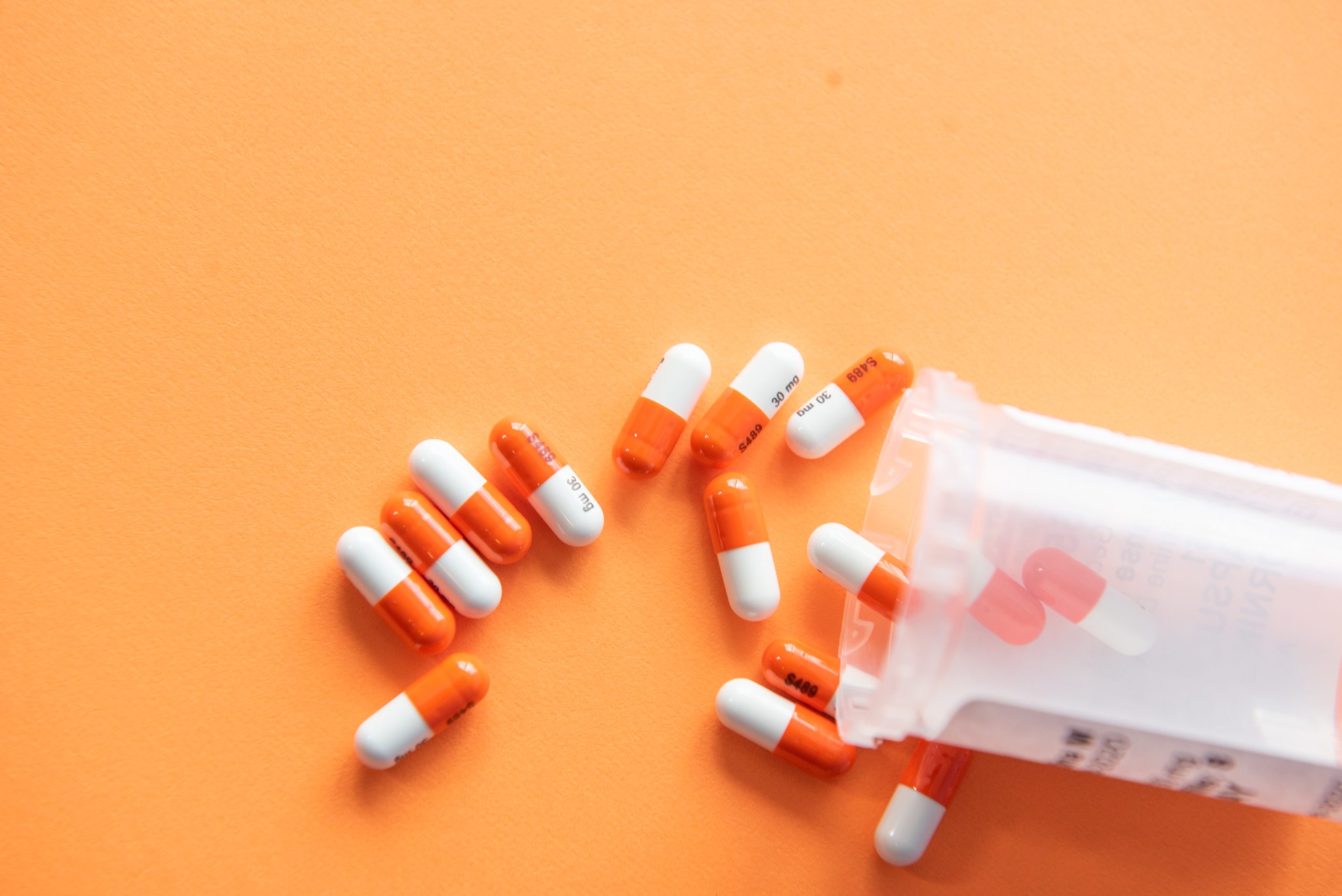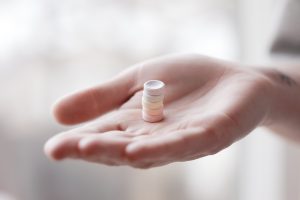Disclaimer: This article was prepared by Liang-Ni Wu in her personal capacity. The views and opinions expressed in this article are the author’s own and do not necessarily reflect the policy or view of Merck KGaA.
Article February 2017
In my last article in December 2016, I introduced about the pharmacovigilance system to be set up by pharmaceutical companies and one of the key elements being a quality system describing the procedures. In order to define the appropriate procedures, one should first decide the case flow in the company. Due to the length of the texts, I am dividing my introduction into two parts.
Introduction of Case Flow for Pharmacovigilance in Pharmaceutical Industry – Part 1
Definition of Case
A “case” means an instant of a particular situation. Although an adverse event following the use of a medicinal product (which is, suspected adverse drug reaction) is a typical definition of a case, a case nowadays covers a broader definition – it covers not only adverse events but also incidences of lack-of-efficacy and even unintentional benefits; a case can also be a factor which can potentially cause an adverse drug reaction, for example, overdose, abuse, misuse, medication errors, off-label use, occupational exposure, pregnancy, breastfeeding exposure, parental exposure, drug-drug interaction etc., even if they are not associated with an adverse event. A case defined in clinical trials can differ a little bit from cases defined in the post-marketing setting, as in clinical trials, there are already study endpoints defined by protocols – for example, an instant of lack of efficacy might not be collected as a safety case report but might be analysed for efficacy, if the protocol defines so.
A Typical Case Flow
I have drawn a picture below to show a typical, simplified case flow in pharmacovigilance in the pharmaceutical industry, and I will introduce each step afterwards. Not all companies need to have the complete case flow set up within the company. Some companies only perform contract manufacturing for other pharmaceutical companies, and if the local regulation does not mandate product responsibilities to manufacturers, these companies may only need to set up procedures to cover case collection, skip the rest and directly distribute to other companies based on the separate contracts/agreements.
Case Collection/Intake
A case flow typically starts from where a case occurs – the source. There are several sources a company can collect case information from.
A case can be spontaneously reported by a healthcare professional (such as a physician, a nurse or a pharmacist), by a patient or by the patient’s family member through the company-managed hotline, service center, email address, social media /websites or even in person. Such information is a spontaneous case report. A spontaneous case report can be received by any employee of the company, and therefore it is important for the company to set up an appropriate process and to provide trainings to all employees, to ensure that all case reports associated with the company’s products are collected with minimal required information and cascaded to the responsible team in time. Ideally, whoever in the company receives the spontaneous case information should note down the minimal information required about the case (reporter’s contact information, a patient, an event and a suspected drug) and forward it to drug safety /pharmacovigilance team immediately. The drug safety /pharmacovigilance team will collect the case information in an adverse event report form and enter the case in the system for the next step.
Shyam Krishnam posted comments to my last article in December 2016 and addressed that there are situations when a company does not dedicate pharmacovigilance tasks to a pharmacovigilance team but requires sales/promoters to fill in the safety data collection form, and the quality of the data was concerned. Whether a company will dedicate a pharmacovigilance team to collect case information might depend on the budget and scale of business. In any case, the company should at least build up the key elements of the pharmacovigilance system– the assignment of one responsible person to oversee pharmacovigilance activities, training on personnel, processes and performance measurement
Healthcare professionals may also publish case information through medical/scientific journals. A company collects such reports by regularly screening for literature articles and indexing relevant articles as case information. Journals/articles may also contain non-case information, for example, result of meta-analysis from several studies or result from an animal study indicating a new safety finding – such information will not be captured as a case but will be evaluated for safety signals.
A regulatory authority is also a source of case information, as the regulatory authority has a national pharmacovigilance system to collect spontaneous case reports, which might not have been reported to the company. The regulatory authority may send case reports to the manufacturer directly or publish those reports on the regulatory authority websites, expecting the companies to check and collect them.
Case information can also be solicited by the company via different programs, such as clinical trials, surveys, patient support programs, registry…etc.
A company can also collect case reports from vendor or business partners, depending on the contracts/agreements with these other companies.
Once a case is collected, does the company start to process the case? Not in such a rush! When a patient reports to the clinic/hospital complaining of abdominal pain, the physician does not start treatment immediately. Instead, the physician observes the patient’s condition and ask questions to collect information for diagnosis, before deciding the next steps. Similarly, when a case is reported to a company, the company needs to check the case first for certain criteria and decide the appropriate route for the next step. There is a name for such checking step – triage. Notably, “triage” is also used in the emergency rooms to decide the order/priority of treatments to patients. Triage in the case flow refers to the step performed by the drug safety /pharmacovigilance team to check if the collected case is a valid case, if urgent clarification is needed from the reporter, if the case is a new case, a follow-up case or a duplication, the case type, flags for special timeline and the routing of the case (for example, if this case should be entered in the company’s safety database or if this case should be reported to business partner directly).
(End of Part 1. To be continued.)




